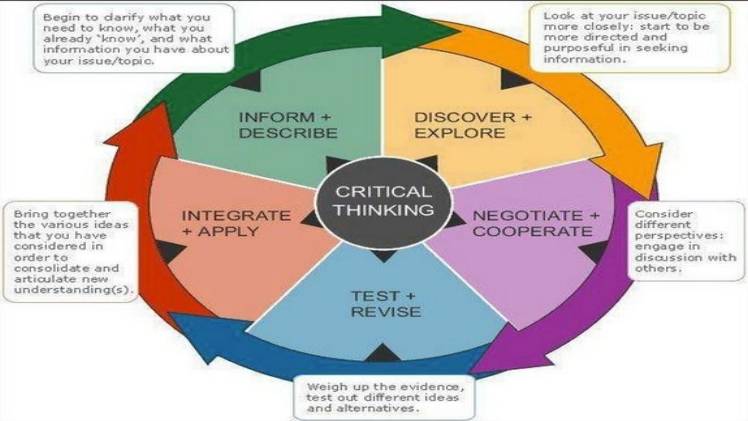
Despite their name, maps are not representations of reality but rather symbolic interpretations of places in space. They reflect the choices, biases, and agendas of the person who drew them. Therefore, it is important to think critically about the content of a map and consider whether it is true to what it is trying to represent. The following are some guidelines for understanding a map. Identify the audience for which it is designed. click here to all about Flixhq
A map can be large or small, depending on its scale. A large-scale map shows great detail, while a small-scale map covers a small area. The scale on a map is often included along with a label detailing the units of measurement. Depending on the scope of the map, the scale can range from one mile to hundreds of miles. When a map has a large scale, it is often a digital reproduction. visite here for more kannada songs download
The different elements of a map can be arranged in various ways. Many maps feature a border to restrain eye movements, while others use deadlines to help with decoration. Despite the importance of boundaries, deadlines can distract from the overall look of the map and detract from the purpose of its creation. This feature is essential for topographical maps, and many maps lack it. However, students should learn the different ways to arrange the various map elements. By giving students practice, they can develop a sense of what constitutes a map.how to remove fake id from facebook Fake ID
Another consideration is the language of the map. For example, a map for blind readers must be available in Braille. For those with limited vision, the maps should also be printed in two colors. Besides the language of the map, other considerations must be taken. A map can also be created by a cartographer from aerial photographs. A map containing a landscape can be derived from an existing map. This map is then edited and colored to reflect the information required by the audience.